Your feet provide a foundation for whole-body movement and dictate your body alignment from the ground up. Strong and mobile feet are able to adapt to changes in terrain, mediate force loads, propel you forward, and send messages to your brain about your position in space. Healthy feet provide a stable base of support and play a key role in pelvic health, and in functional movement along the lower kinetic chain.
Each foot has a complex architecture made up of 26 bones, 33 joints, and a vast network of muscles, tendons, ligaments, and fascia. The feet are generously embedded with proprioceptors — sensory neurons in muscles, tendons and fascia that inform your brain about your body’s position relative to gravity.
Your foot core is formed by four arches — lateral longitudinal, medial longitudinal, and two transverse arches — shaped by the metatarsal and tarsal bones. The foot core is supported by the foot intrinsic muscles, along with tendons, ligaments and fascia. Extrinsic muscles originating in the lower leg also come into play as they cross the ankle and insert into the foot.
The foot core helps to absorb force loads of 2-3 times your body weight, and stores elastic energy to propel you forward when walking and running. In addition to the stabilizing mechanisms of your foot arch itself, the ability to control your big toe is responsible for up to 85% of foot stability.
Foot core training enhances the strength and stability of your arches, metatarsals, and toes when standing, walking and running. It improves foot mobility, to optimize movement and prevent injury during physical activity, and enhances proprioception for improved balance.
or
The concept of foot core training was first conceived by Professor Vladimir Janda, MD, one of the world’s leading physiatrists, and a revolutionary in the field of physical therapy. Dr. Janda called his intrinsic foot training approach “Short Foot“ training. Dr.Kalika learned this method directly from Professor Janda when he was studying at Charles University Hospital in Prague.
Today, some 20 years later, Dr. Kalika has helped hundreds of patients to overcome foot pain, combining the Janda approach with regenerative technologies, gait retraining and barefoot therapeutics. His expertise in diagnostic ultrasonography and his unique methodology have helped to improve ankle and foot strength and mobility in elite athletes, runners and ballet dancers in NYC and beyond.
Physical therapy is a valuable and effective approach to resolving musculoskeletal pain and dysfunction, but in many cases, physical therapy does not provide a stand-alone solution. Prior to beginning physical therapy, patients often need to address underlying issues that contribute to their pain and disability.
Unfortunately, mainstream physical therapy clinics are often not adequately equipped or experienced to identify and treat complications that undermine the effectiveness of physical therapy. They often rely on one-size-fits-all treatment protocols that overlook the unique characteristics of the individual condition, opting to treat the symptoms and not the patient.
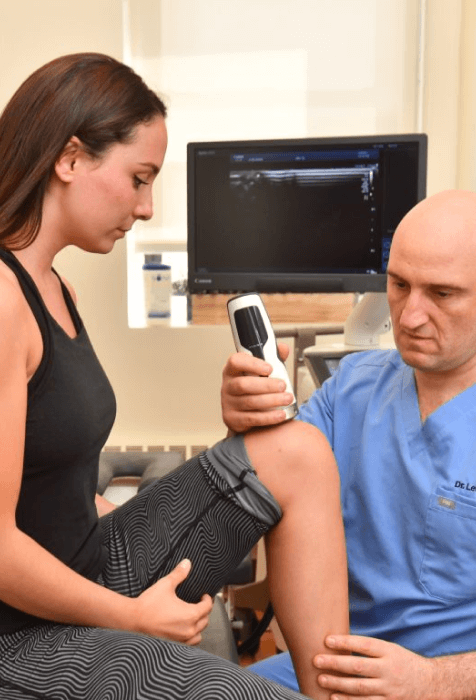
Identifying and treating underlying issues prior to beginning physical therapy is key to getting fast and effective results. Failure to do so can completely undermine your treatment protocol, and in some cases, your condition may even worsen.
At NYDNRehab, we use a broad range of advanced technologies and innovative therapeutic approaches to resolve issues that can potentially undermine the success of physical therapy.
Our talented staff is certified in a diverse array of treatment methodologies, rarely found in run-of-the-mill physical therapy clinics. Our one-on-one sessions are personalized, based on the patient’s unique diagnostic profile.
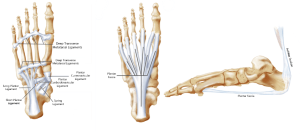
Many people turn to podiatrists to resolve their foot and ankle pain, only to find that conventional diagnostic and treatment approaches render suboptimal results.
XRay imaging falls short of revealing nerve entrapments, fascia adhesions, trigger points and other issues that contribute to foot pain. Standard treatment protocols involve braces, expensive orthotics and steroid injections, to target pain without regard for foot function.
Patients often suffer for years, resigning themselves to a lifetime of foot pain, or eventually seeking a surgical solution as a last resort that leaves them with lasting damage to the structures of the foot.
At NYDNRehab, we take a holistic approach to foot diagnosis and treatment. We understand that foot pain often arises from functional issues farther up the lower kinetic chain, and that treating pain without restoring function is an exercise in futility. At the same time, we recognize that when your feet are tight and immobile, it can translate along the fascia of your lower kinetic chain, affecting structures all the way up to your pelvis.
Our high resolution diagnostic ultrasound equipment gives us crystal clear dynamic images of the structures of the foot in real time that are far superior to XRay or MRI. Our gait analysis and biomechanical lab uses advanced technologies that are second to none, giving us quantitative data to measure your progress.
Our personalized one-on-one approach to patient care ensures that our treatment protocol aligns with the unique characteristics of the patient and their diagnostic results. Our end goal is to restore and enhance pain-free functional movement, so you can get back to the activities you enjoy.
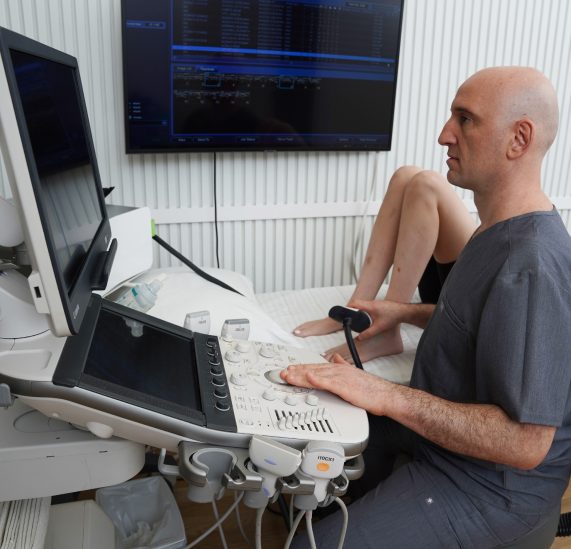
To get a comprehensive and accurate overview of your condition, Dr. Kalika uses his own carefully researched methodology, using dynamic ultrasonography, sonoelastography and M-Mode technology to quantify intrinsic foot function.
This innovative diagnostic approach is particularly useful in the diagnosis and treatment of foot conditions such as:
Ultrasound gives us the capacity to compare the injured foot with its uninjured counterpart, and to traverse the length of long structures like muscles, bones and neural bodies, to see how they interact with other structures.
Additional advanced diagnostic tools for foot pain include:
Our thorough and accurate diagnostic methodology ensures that we address every factor that contributes to your foot pain and dysfunction.
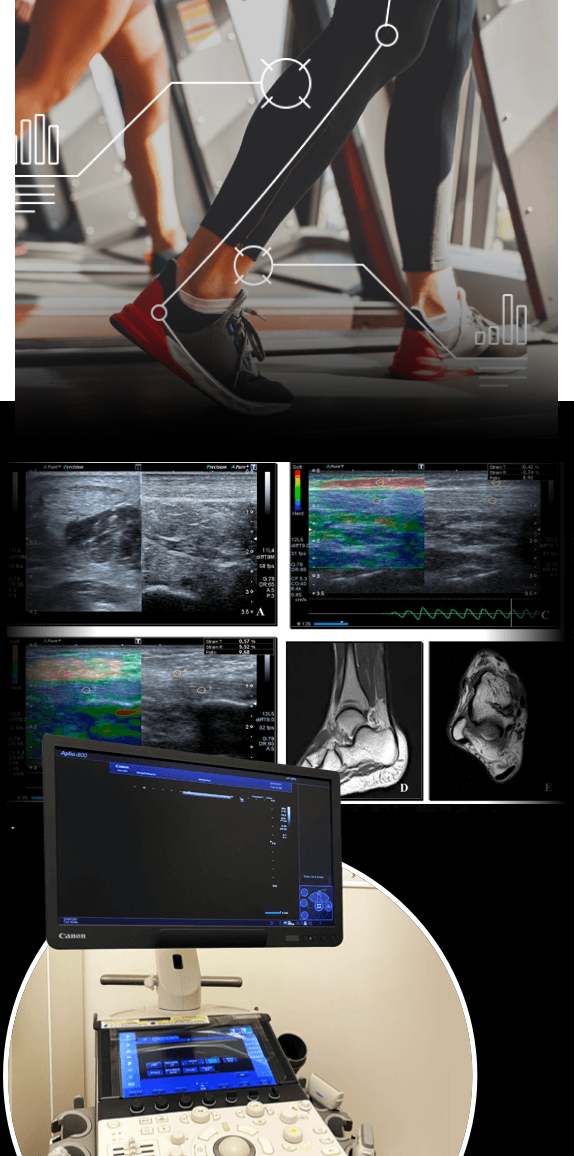
To make the most of foot core physical therapy, we first pre-treat the affected tissues to eliminate factors that inhibit movement. Pre-treatment helps to reduce pain and inflammation and restore functional range of motion, to prepare you for physical therapy success.
Pre-treatment therapies may include:
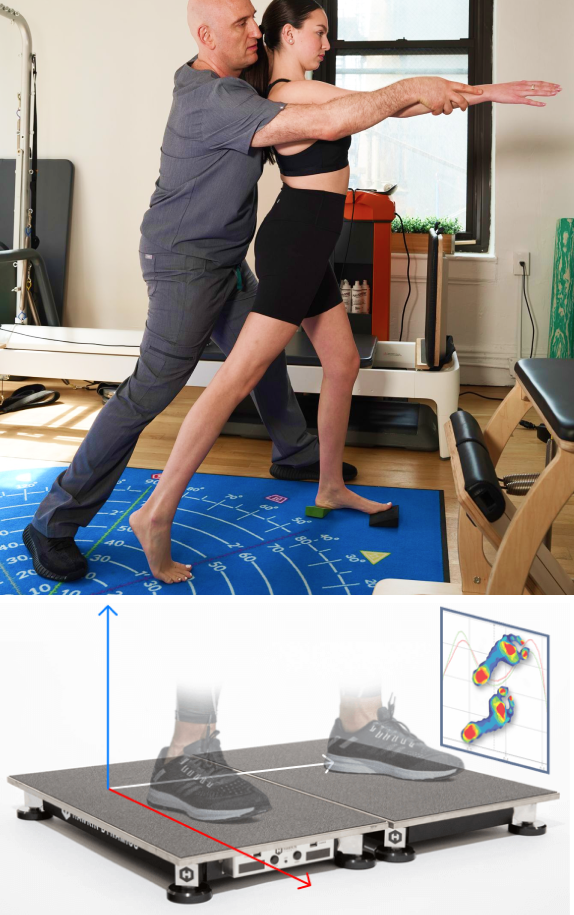
There are several things you can do now to avoid foot pain in the future:

If you suffer from foot and ankle pain, don’t waste your time and money on mainstream podiatrists who treat your symptoms without fixing their underlying cause. At NDYNRehab, we treat the whole patient, not just their symptoms. Our accurate diagnosis and personalized one-on-one treatment approach are designed to get to the bottom of your foot pain and resolve it for good. Contact NYDNRehab today, and get fast and effective foot core physical therapy that really works!
Foot core training focuses on strengthening the intrinsic muscles that support the arch of the foot, enabling the foot to adapt throughout the gait cycle during walking and running. The foot intrinsic muscles give the arch its spring-like action as the muscles store elastic energy at heel strike, to be released at the push-off phase of the gait cycle.
Weak intrinsic foot muscles can cause problems anywhere along the lower kinetic chain, creating ankle, knee and hip pain, and even affecting the pelvic floor. A weak foot core dramatically increases your risk of running and athletic injuries.
According to a recent scientific review, barefoot running alters the foot strike pattern, reduces stride length and affects impact loading, while posing a greater challenge to proprioceptors in the plantar fascia. Meanwhile, running injuries continue to be on the rise. Terrain can make a huge difference – running barefoot on sand may be beneficial, but running on hard surfaces like concrete can do more harm than good. You should strengthen your foot core before taking on barefoot running, and consider minimalist footwear options that allow for natural foot movement while still providing protection from rough terrain.
Your plantar fascia is a tough band of connective tissue that spans the bottom of your foot from heel to toe. A healthy plantar fascia is mobile and elastic, with a unique windlass mechanism that stores and releases elastic energy that propels you forward. When rigid, stiff or injured, the plantar fascia loses its elastic properties and reduces your foot core mobility and stability.